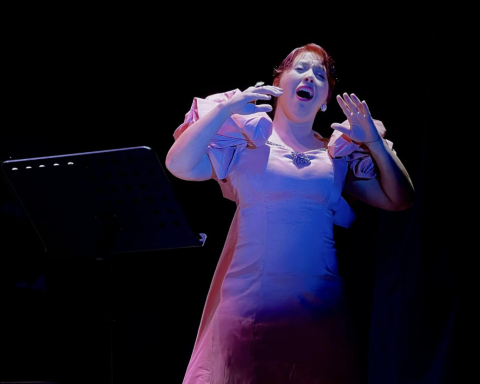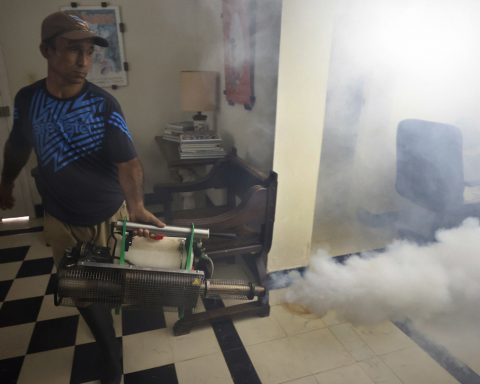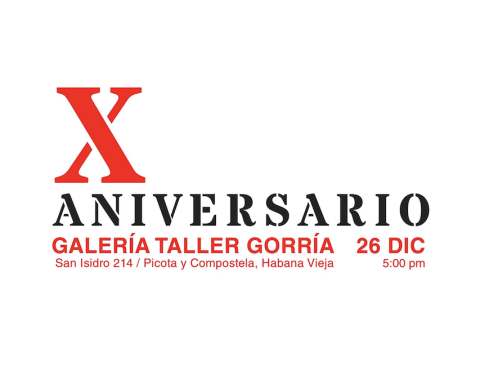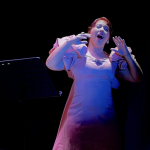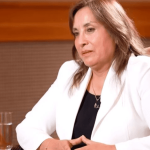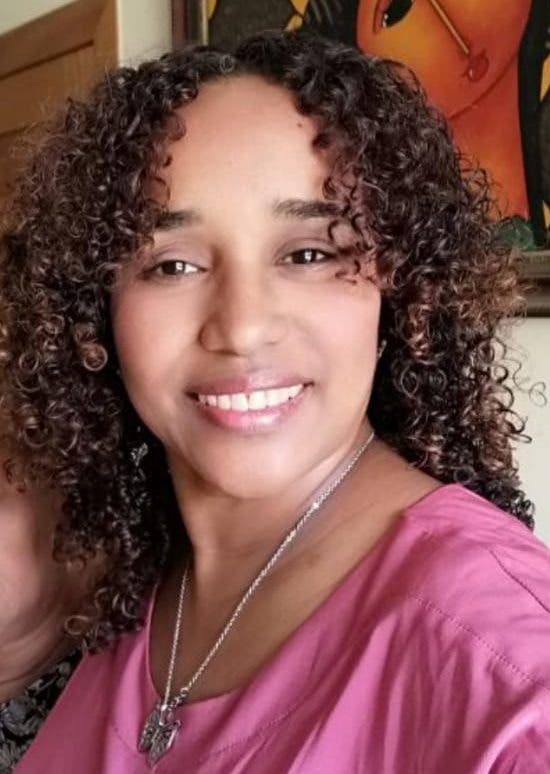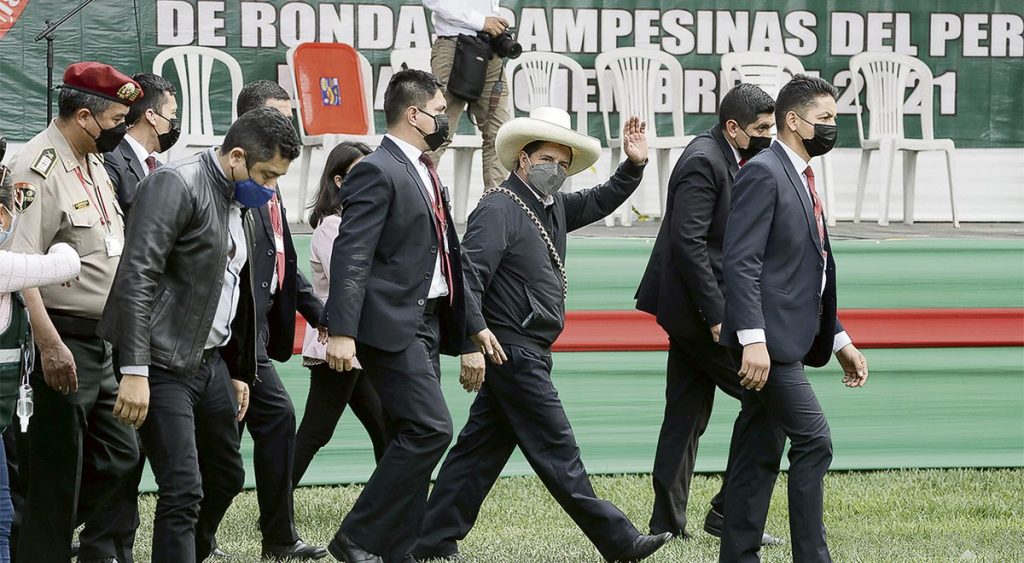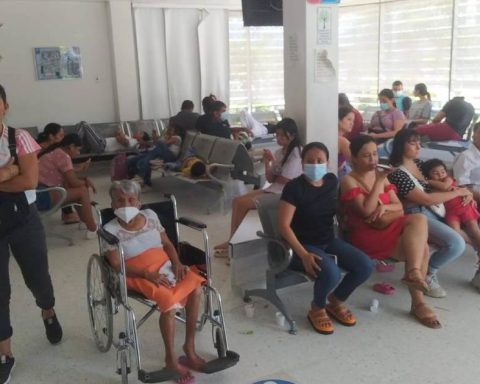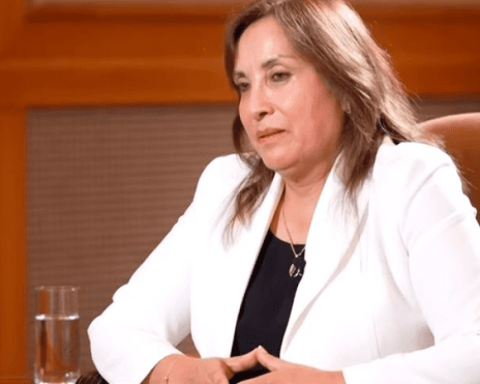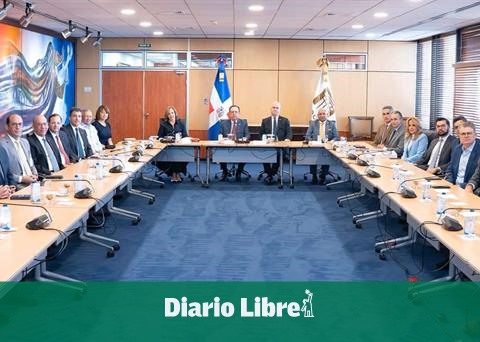Since it opened its doors to the public the Fidel Castro Ruz Center, in El Vedado, inaugurated with great fanfare with the presence of the Cuban Government’s staff, the million dollar question is where the money came from to execute that pharaonic work. A source from the Office of the Historian of Havana, in charge of the investment, assures 14ymedio that Saudi Arabia paid it: “The loan was supposed to be for housing but they took a part for the Center and for the Capitol as well.”
There is no official information at the moment, and the head of Preservation of the Documentary Heritage of the Palace of the Revolution, Alberto Albariño, specifically refused to answer the question from the international press about the cost of the work. He limited himself to saying that a good part of the investment was covered with “donations that were received from other countries”, without specifying which ones, and that for that reason it did not represent a great expense for the State.
In 2017 the Saudi Fund for Development (FSD) granted a $ 26.6 million loan to Cuba for the Program of Rehabilitation and Construction of Social Works of the Office of the Historian of the City of Havana, officially destined to solve the pressing problem of housing in the capital.
“The loan was supposed to be for housing but they took a part for the Center and for the Capitol as well.”
According to an architect consulted by this newspaper, among the works of this program that have been erected with the FSD is the Practico del Puerto building, a building with views of the Plaza de Armas, the Castillo de la Fuerza and the bay of Havana. The information on the origin of the investment appears on a plate installed on the facade of the building, in fact.
Other works financed by the FSD and operated by the Office of the Historian are those that began in 2019 on Calle San Ignacio, also in Old Havana, aimed at people who have been housed for years in temporary shelters.
Already in 2016, the Saudi Fund executed in Cuba four projects for an amount of 122 million dollars, three of them related to the rehabilitation of hydraulic networks in the country. Likewise, for improve the sewerage of the city of Camagüey, the FSD granted another loan in 2014, worth $ 40 million.
A year earlier, the Saudis granted the island a loan of 30 million dollars for the recovery of hydraulic networks in Havana, and in 2010 they had approved a line of financing for the acquisition of medical equipment for maternal care centers.
The cooperation between the two countries is thus fruitful and continues to this day. The island exports 120 doctors a year to the Arab nation under an agreement signed in 2013. At the beginning of November, and according to reported by the Ministry of Foreign Affairs itself, the Cuban ambassador to Saudi Arabia, Vladimir González Quesada, was received by the CEO of the FSD, Sultan Bin Abdulrahman Al-Marshad, to ratify the bilateral collaboration.
This Fund began operating in 1975 and its main task is to finance development projects for developing countries.
Part of the loan was not for social works, but for the Fidel Castro Center and “for the project of the new Rey-Salman mosque, which is being built next to Tallapiedra.”
Under condition of anonymity, another architect, a collaborator of the Office of the Historian, comments to this newspaper that it will never be possible to see “in official documents or information” what the money was invested in, but assures that part of the loan was not for social works But for the Fidel Castro Center and “for the project of the new Rey-Salman mosque, which is being built next to the old Tallapiedra thermoelectric plant, in Old Havana.”
“Part of that money was used to buy a micropile driver to make deep foundations in the historic center,” he adds.
“I have no doubt that part of it went to that Fidel Castro Center,” he explains. “Once the money is already on the side here, they make and break with it. In the end it is a cooperation fund, which they can take for whatever they want.” And what happens when the Saudis come to demand accounts? They, he says, “somehow justify or take the money out of another fund.”
Otherwise, Saudi Arabia’s relationship with the Office of the Historian has been close in recent years. The then historian of the city, Eusebio Leal, who died in 2020, appears in several photographs of events organized on the Island by the diplomatic headquarters in 2018 and 2019. That of 2019 was A reception on the occasion of the celebration of the 89th Anniversary of the National Day of the Kingdom of Saudi Arabia in Havana.
In 2018, the Minister of Foreign Affairs of Saudi Arabia, Adel al-Jubeir, visited Cuba and met with Leal, who also accompanied him on a tour of the Historic Center.
According to a publication by the Office of the Historian, Old Havana and its heritage “owe much of their restoration to the kingdom of Abdulaziz.” They recall that the loan to execute the Program for the Rehabilitation and Construction of Social Works of the Office of the Historian of the City of Havana “has promoted the most important tasks that the institution is currently undertaking, focused on improving the conditions of coexistence of its inhabitants and the heritage that surrounds them “.
________________________
Collaborate with our work:
The team of 14ymedio He is committed to doing serious journalism that reflects the reality of deep Cuba. Thank you for joining us on this long road. We invite you to continue supporting us, but this time becoming a member of our journal. Together we can continue transforming journalism in Cuba.

